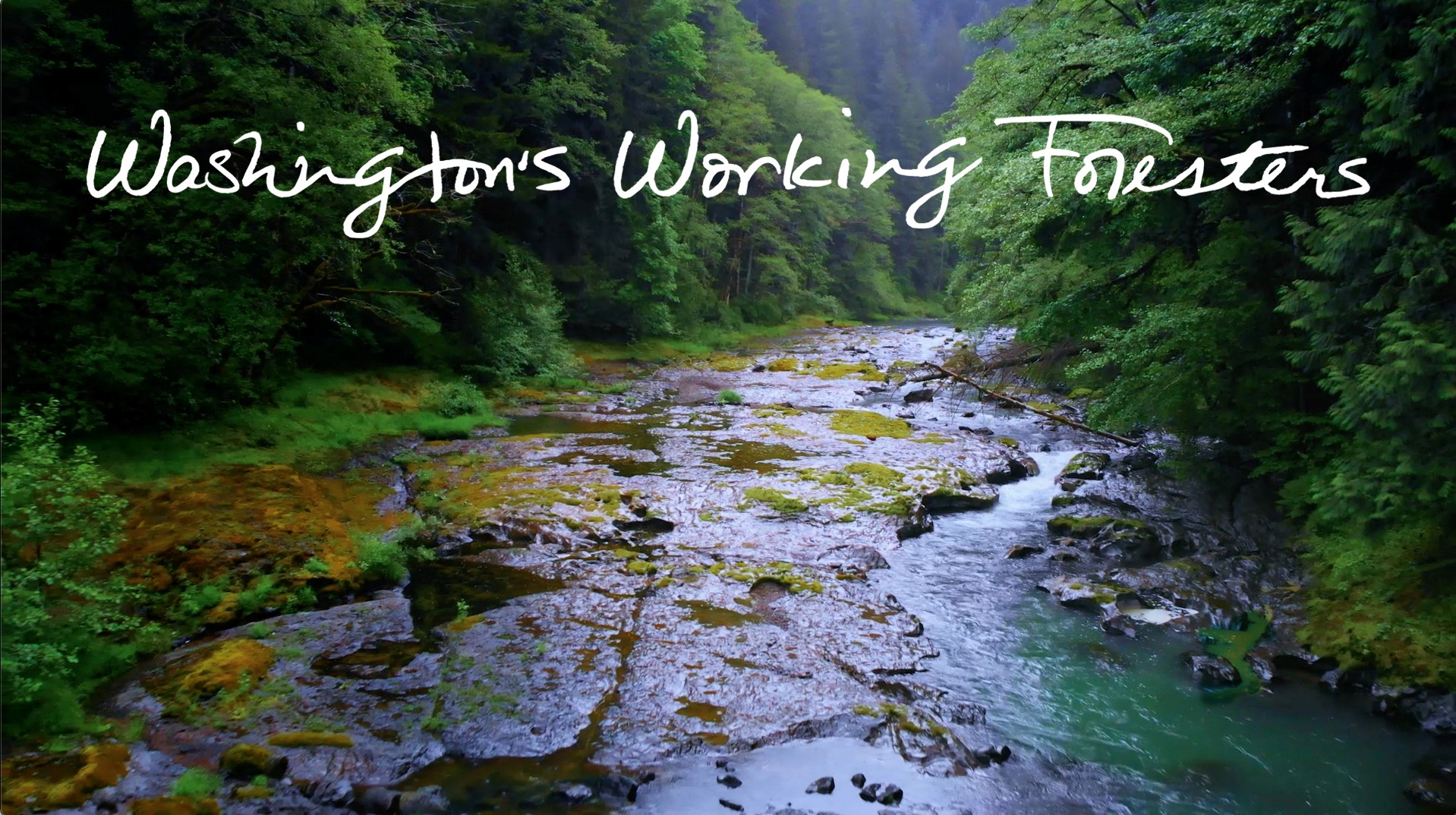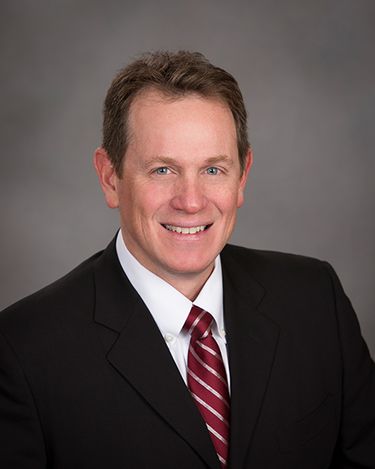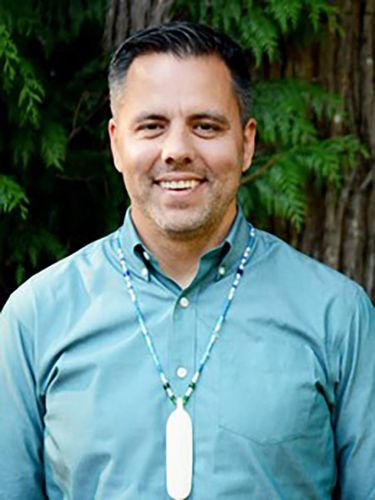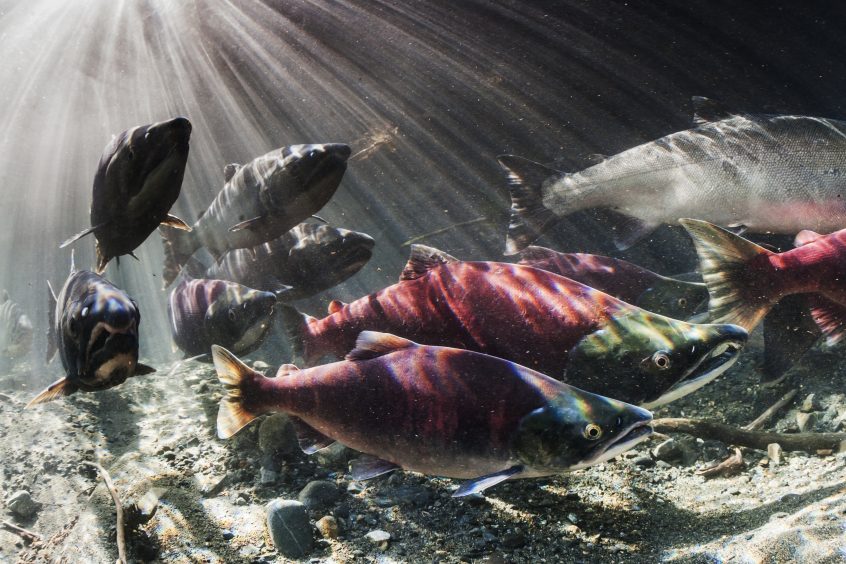
In recent years, there’s been a lot of talk about widening gaps between groups of people, especially those who might appear to have differing goals. But the work being done in Washington state to protect dwindling salmon populations is finding power in an old approach to problem solving – coming together around a table to talk and find common ground.
“You’d be surprised at how much you can overcome just by getting in the same room together,” says Kristopher Klabasch Peters, Chairman, Squaxin Island Tribe. “We have our share of disagreements, but really, when you think about the collaborative approach to finding a solution and problem solving, that’s an Indigenous ideal. This follows our Talking Circles concept of coming together around the table and coming to an agreed-upon solution. That’s something Indigenous people have been doing for thousands of years.”
This collaborative effort to reverse some of the damage done to salmon habitat has its roots in a partnership that started in the 1980s, says Jason Spadaro, executive director of Washington Forest Protection Association. “Issues around management of natural resources have been controversial for a long time. There was a period of battling in the late 1970s between industry and environmental interests, and Tribal interests as well. Stu Bledsoe, executive director of WFPA, and Billy Frank Jr. of the Nisqually Tribe started to work together on forestry and fish issues – in common was the desire to have healthy and sustainable working forests and fish habitat in our streams. This is the essence of the Timber/Fish/Wildlife Spirit: working together, collaborating, owning each other’s problems and looking at what we have in common.”
This work grew into the Forests & Fish Law, developed in collaboration with federal, state, tribal and county governments and private forest landowners. These groups focused on implementing science-based forest practices that protect 60,000 miles of streams running through more than 9 million acres of state and private forest land. Changes in practices include improving forest roads, replacing culverts that impede fish migration, creating and enlarging buffer zones along stream banks, and protecting unstable slopes to preserve water quality. The federal government recognized this collaborative effort and protections in a 50-year Habitat Conservation Plan which outlines the long-term forest management practices that are designed to protect both fish and water quality.
“Forest landowners over the past 20-plus years have been leaving trees next to streams to protect the riparian area, to keep sediment from entering streams to keep water clean. Shading the streams to keep water temperature cool for fish and repairing the road system to ensure salmon are not blocked from swimming upstream,” Spadaro says. “Forest landowners have removed more than 8,100 barriers to fish passage, opening nearly 6,200 miles of fish habitat – that’s more distance than a round trip flight from Seattle to the North Pole and back.”
As important as this work in the forests has been, its impact on salmon health relies on the work of other collaborative partners. Rivers and streams pass through a variety of landscapes – forests, agricultural land and urban areas – connecting these diverse uses as the water flows toward the Sound.
“We need a holistic approach,” Peters says. “Saving our salmon can’t just be done in our own backyard –everyone needs to do their own part along their section of the watershed. From forestlands and agricultural lands, to municipalities and industries. We all have our own roles to play.”

Kevin Jensen, owner of Riverbend Ranch in Thurston County, is one of those keeping an eye on the holistic approach.
“Good healthy salmon populations are a positive indicator of a healthy system from the mountains to the ocean,” Jensen says. “Salmon, along with other terrestrial protected animals, rely on agriculture lands to pass through or reside in, therefore we as landowners must steward the land to benefit the wildlife. Without our open spaces, managed private timberlands and riparian-area protection I feel wildlife would not have half a chance at survival.”
Jensen has made changes to the way his diversified ranch operates as part of the collaborative work to preserve salmon habitat.
“I began to realize the ranch had great potential for riparian area improvement along the Skookumchuck River. This river has both salmon and steelhead runs. Historically, beef cattle had grazed the riparian area of the river, going back close to 100 years. I implemented what I call my Phase 1 project where I excluded my beef cattle from almost 8,000 feet of river shoreline in 2017. Since that time, I have installed additional exclusion fencing and hedgerows to protect several thousand more feet of riparian area. By removing the cattle from the streams and river, I am improving water quality in this local area and downstream.”

Spadaro sees this kind of change as an example of the TFW Spirit at work. “The TFW Spirit needs to live in a way in which everybody’s needs are respected and we all are doing our part,” he says. “All of the work we’ve done on the upper watershed is for naught if work doesn’t also get done in the lower watershed. So the evolution of TFW has been to broaden the scope and invite collaboration from society as a whole. It’s a shared responsibility. What you put down the drain has an impact. The fertilizer you put in your yard has an impact. Just by driving your car, the tires have an impact as they wear. Be aware that everything is connected.”

Peters agrees. “The solutions have always been there,” he says, referring to the traditions of sharing perspectives and responsibilities. “As Tribal people, we’ve been watching the extinction of our salmon for 200 years. There’s not just one thing that’ll turn it around. The way to fix this is by educating everyone on how to save our salmon. Everyone can do their part. All of us working together can be really powerful.”
The Washington Forest Protection Association is a trade association representing private forest landowners in Washington state. Members are large and small companies, individuals and families who grow, harvest and regrow trees on about 4 million acres.
